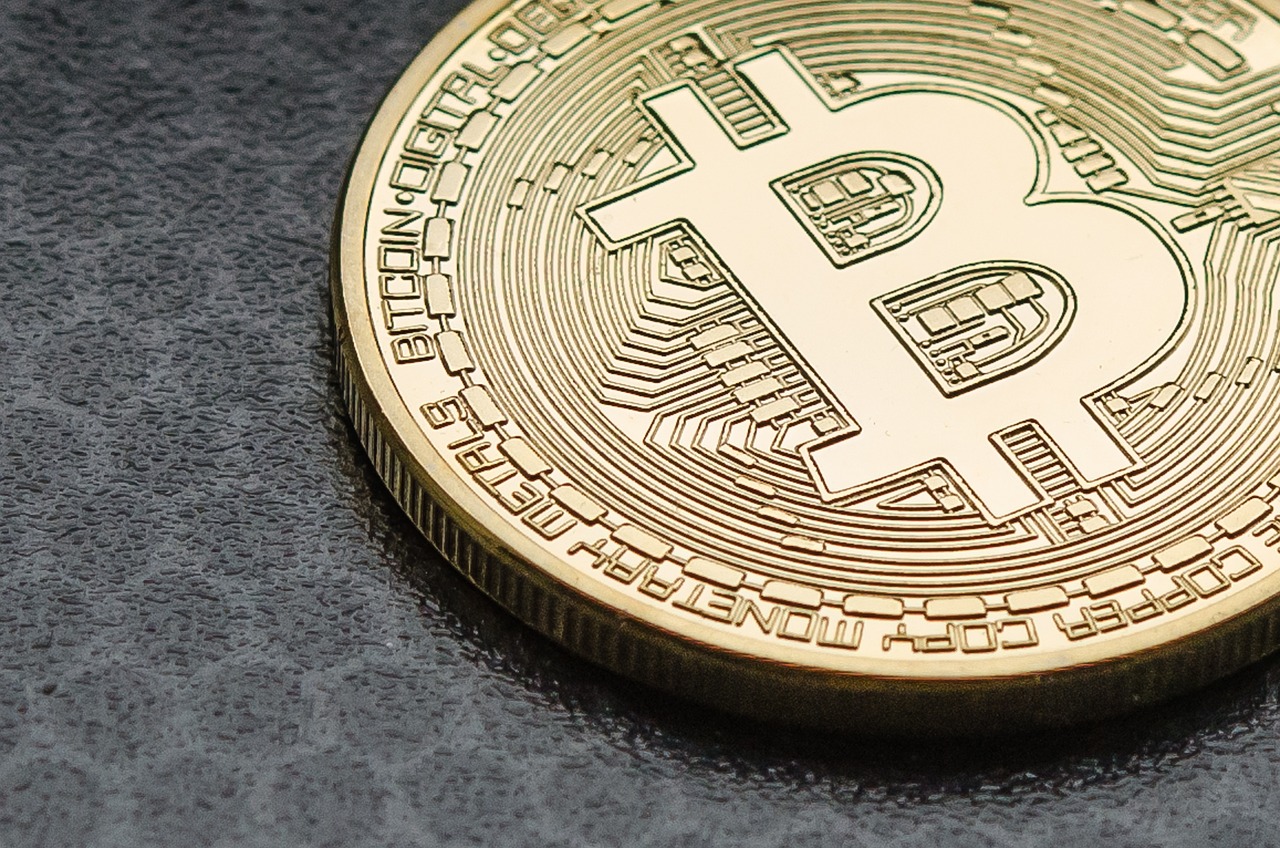What are the Consequences of Bitcoin Halving?
Bitcoin Halving seems to make a revolution in the growth of bitcoin. It drastically lowers the supply of Bitcoins in circulation while dramatically rising demand. Therefore, you have come to the correct spot if you are interested in learning how that occurs and whether it has any implications for stakeholders. If you want to invest in bitcoins, you can visit bit-indexprime.com.
The Bitcoin Ecosystem
You need a basic understanding before you can fully understand Bitcoin halving. This understanding has its solid basis and is founded on Bitcoin networking. You must first understand that Bitcoin Networking relies on nodes which are indeed computers. Each computer maintains a history of transactions that have been authorised only when each Bitcoin’s validation requirements have been completed.
What Is A Block In Bitcoin?
A distributed database containing a continuously expanding and tamper-evident list of each Bitcoin Transaction is called the Bitcoin Blockchain. The information included in Bitcoin Blocks was first made available in 2009. Bitcoin blocks make up a blockchain. Each block contains 1MB worth of data related to a Bitcoin transaction. The number of transactions also grows, increasing the size of the blocks. The statistics for bitcoin have grown exponentially since 2014, with gigabytes increasing by nearly a gigabit every few days.
Bitcoin Miners
Let’s discuss the idea of bitcoin mining now that you are more familiar with bitcoin blocks and the bitcoin network. Remember that each of these ideas contributes to your knowledge of the Bitcoin halving and is interconnected.
Miners are people that compete to add the following block to a bitcoin Blockchain Network that is active at the same time. To unlock a block, miners combine the usage of enormous computers with mathematical calculations. These miners are paid with Bitcoins for their efforts. For security reasons, transactions with bigger dollar amounts typically receive additional confirmations.
Bitcoin Halving
The block reward given to Bitcoin miners in exchange for processing transactions is half about every four years, or when 210,000 blocks are mined. The pace at which new bitcoins will be sent into circulation will be cut in half during this event, which is why it is called a “halving.” When all bitcoins are released into the market, this is how Bitcoin enforces artificial price inflation.
Until the predicted maximum of 21 million is achieved in 2140, the rewards system will continue to operate in this manner. At that time, network users will pay miners’ fees so they may continue to have a financial incentive to maintain the expansion of the blockchain.
Implications Of Halving
Because it signals a decrease in the number of new Bitcoins being created, the Bitcoin Halving event is noteworthy. The total number of Bitcoins in circulation is limited to a maximum of 21 million. Only 2.15 million bitcoins remained to be mined as of October 2021 with 18.85 million already in use. This would therefore increase demand, which would dramatically impact the supply-demand ratio.
Effect Of A Halving
Even while demand rises, halving slows down the rate at which new coins are issued, reducing the total supply. For investors, this means that assets with a limited supply would likely see greater demand and pricing. The first Bitcoin halving resulted in a sharp increase in the price of bitcoin in terms of its value.
Conclusion
The coming halving is anticipated to take place in 2024. Keep in mind that even when the final bitcoins are produced in 2140, the miners will still be motivated. This is significant because by then, Bitcoins will have a higher nominal value.

